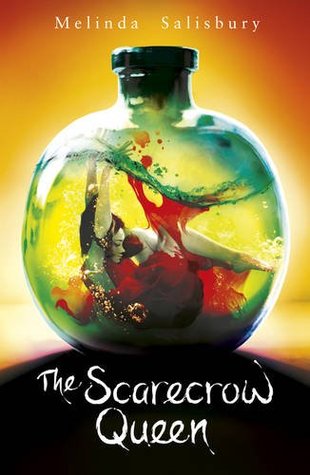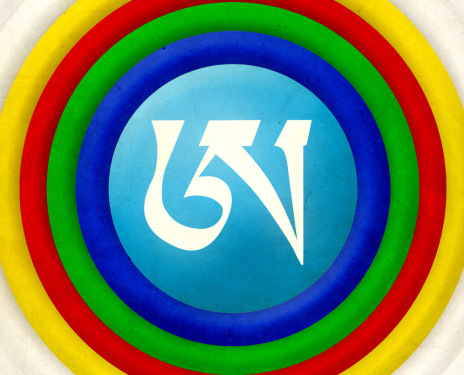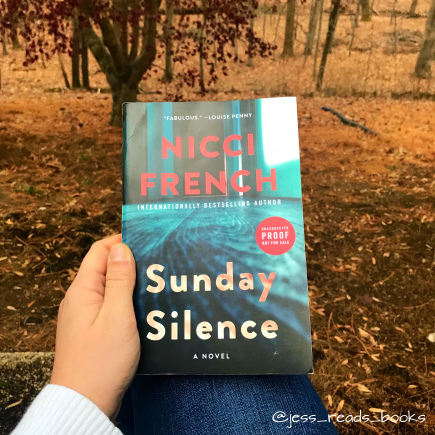 Habari Gani?
Habari Gani?
Kuumba (creativity) to make the community more beautiful and beneficial for the future generation. Let’s ruminate on creative uses of agricultural products and the brilliance of African Americans in science and agriculture.

George Carver began life sometime during the Civil War as the property of Moses Carver, a southwestern Missouri farmer of moderate wealth. “My sister, mother and myself were ku clucked and sold in Arkansaw,” he once wrote of a kidnapping by border-raiding bushwhackers during his infancy; his owner gave a horse in payment for his recovery, according to later accounts. The orphaned child stayed on the Carver farm near Diamond Grove for a decade after emancipation, then left to seek an education in nearby Neosho. During these years he developed the love of plants that would remain with him ever after. “Day after day I spent in the woods alone in order to collect my floral beauti[e]s and put them in my little garden…,” he later recalled.”…strange to say all sorts of vegetation seemed to thrive under my touch until I was styled the plant doctor, and plants from all over the county would be brought to me for treatment.” Painting and music were additional subjects of what he called his “inordinate desire for knowledge.” from American Heritage.com https://www.americanheritage.com/content/george-washington-carver-and-peanut
For a plant food, peanuts are an exceptionally good source of protein.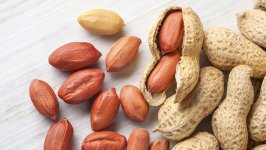
Contrary to popular myth, George Washington Carver did not invent peanut butter. He did, however, experiment with goobers and developed hundreds of uses for the foodstuff. He’s still Mr. Peanut to me although this photo of my son with the Atlantic City Boardwalk’s Mr. Peanut, an advertising symbol of Planter’s Peanuts, is a favorite.
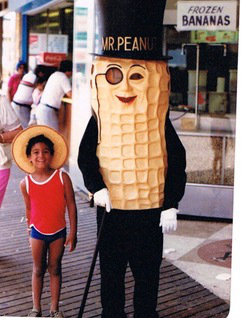
Najeeb Harb and Mr. Peanut in Atlantic City, New Jersey
Carver’s appearance before the House Ways and Means Committee in January, 1921, launched his national identity as “the peanut man.” Some of the congressmen, patronizing him as “uncle” and “brother,” greeted Carver as an amusing diversion, but he held the committee’s interest well over his allotted time. Again he based his presentation on a great diversity of products that he demonstrated or described, including candy, ice cream flavoring, livestock feed, and ink.
Geroge Washington Carver was not the only African American scientist, inventor or innovator. For more African American Scientists and Inventors
Along with the peanut Carver championed the sweet potato, a nutritional complement also well suited to Southern soils. Man could live by the peanut and sweet potato alone, he asserted, for together they constituted a balanced ration. Again he publicized the crop’s potential in quantitative terms. “The sweet potato products number 107 up to date,” he told the congressional committee during his peanut presentation. “I have not finished working with them yet.”
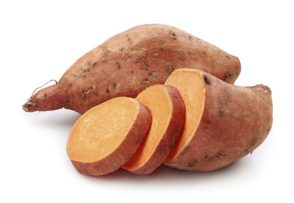
So choose sweet potatoes. Named one of the best foods you can eat by the Center for Science in the Public Interest, sweet potatoes are just as satisfying as white ones, but a lot more nutritious. Don’t worry about Yam or sweet potato – both are nutritionally wonderful and wonderfully tasty when roasted to a fair thee well and topped with butter
Be sure to choose peanut butter without added sugar or salt. Bake those sweet potatoes or roast them or spiralize them and, every once in a while, have sweet potato fries.
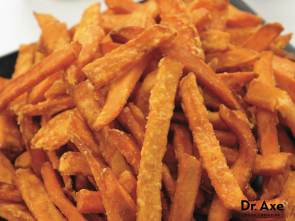
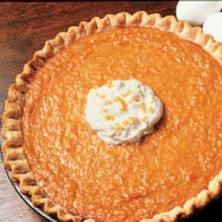
Share this:


